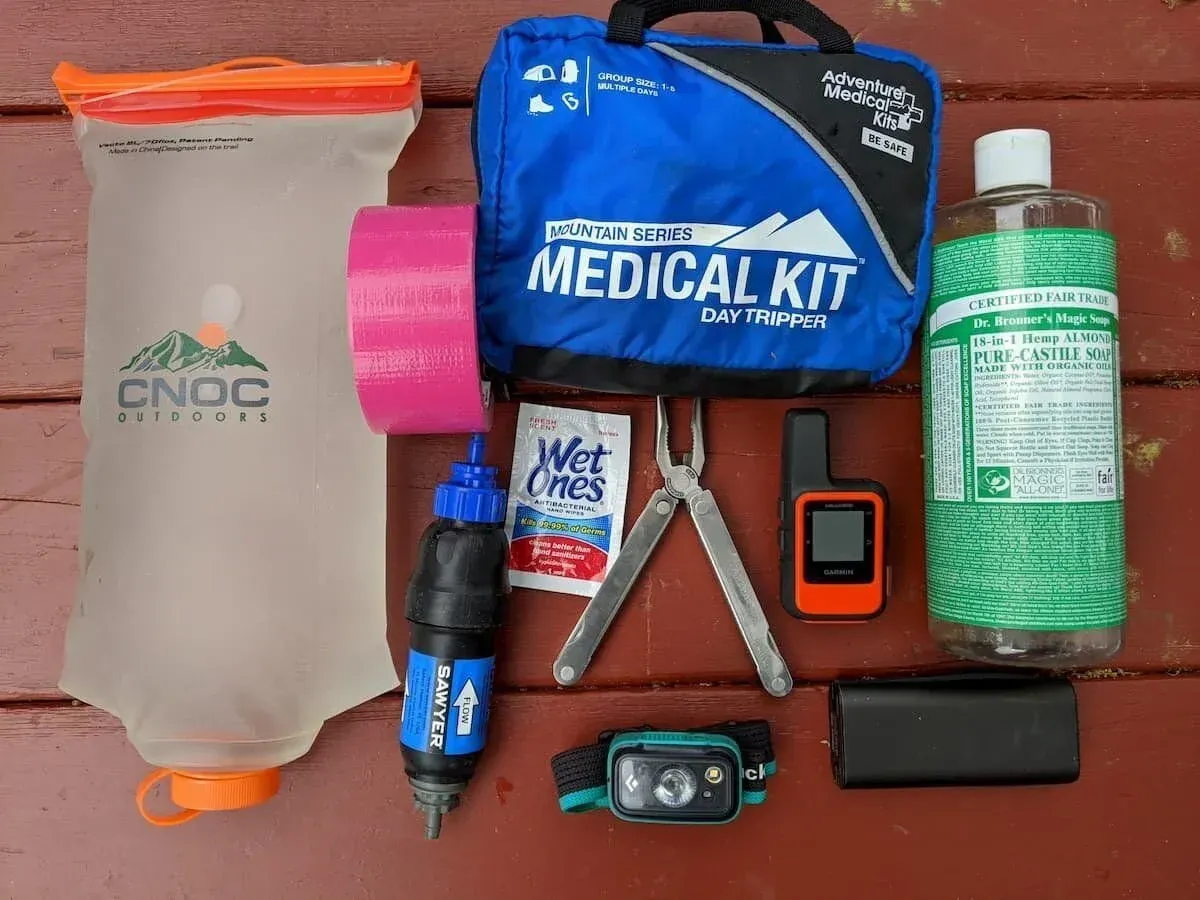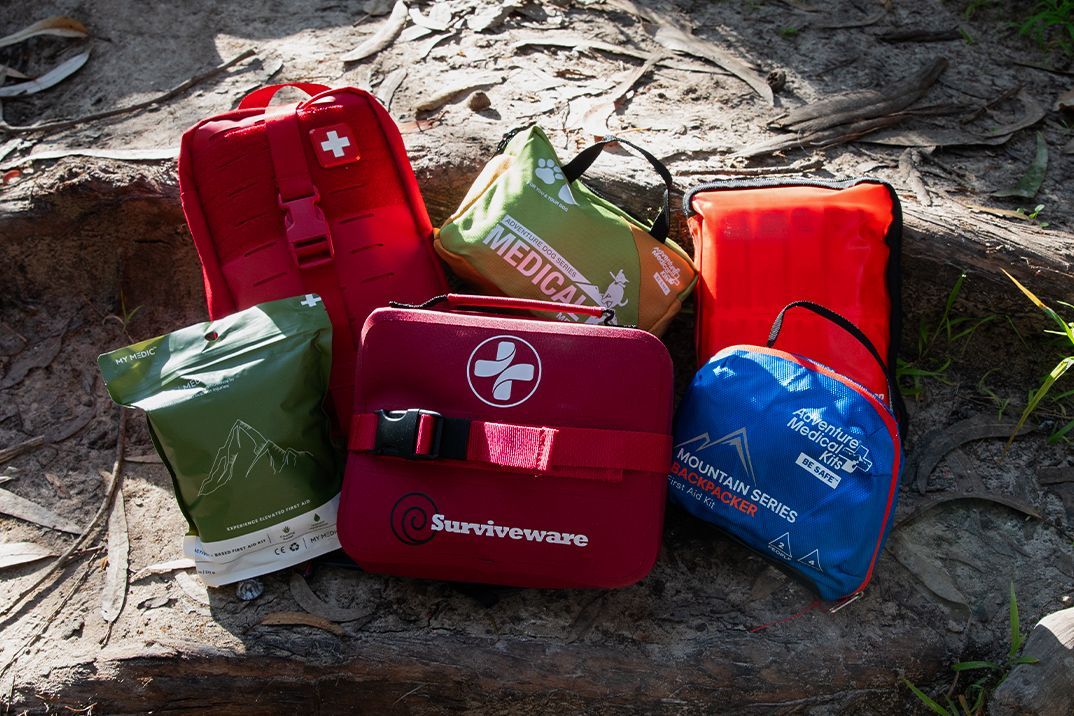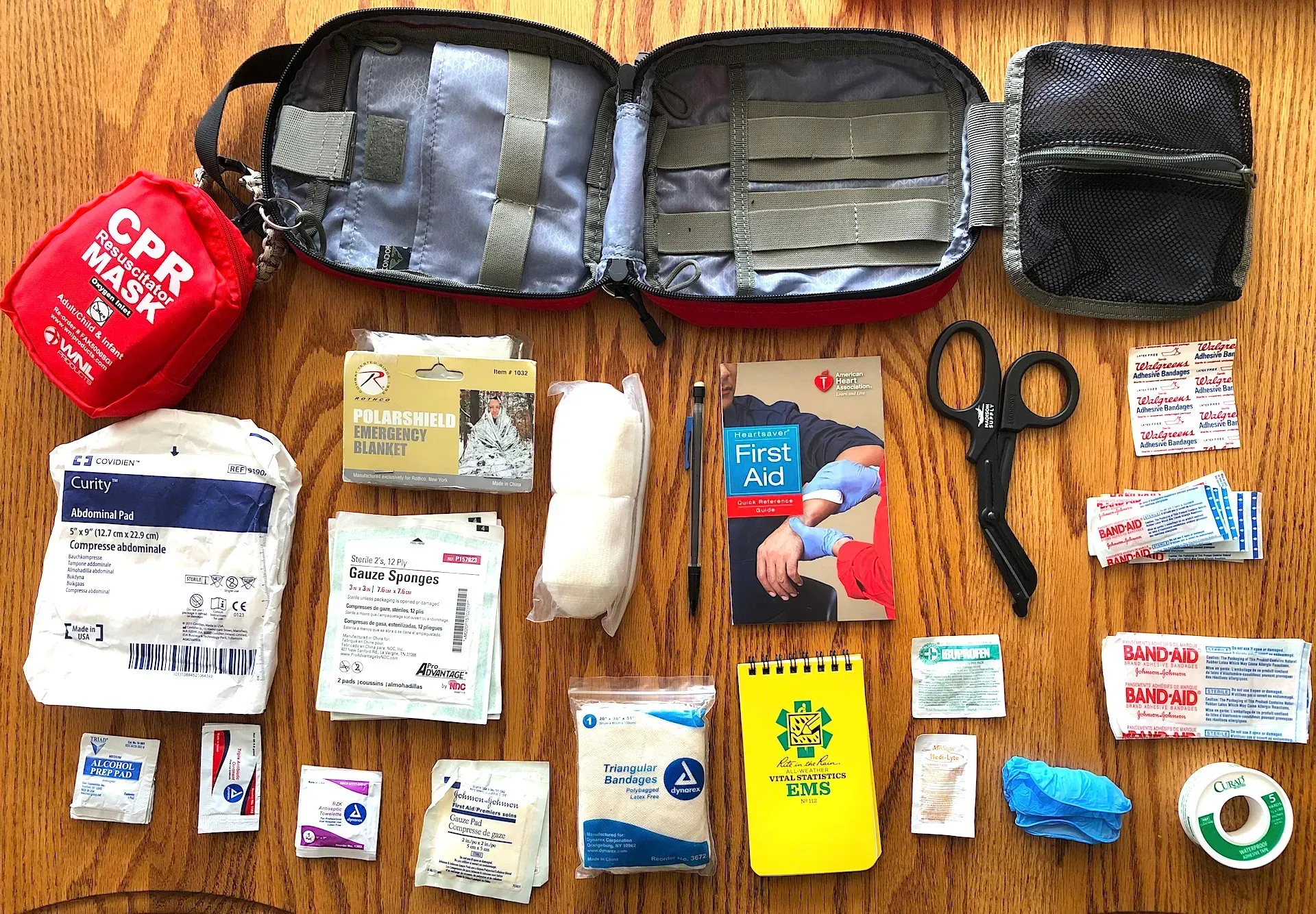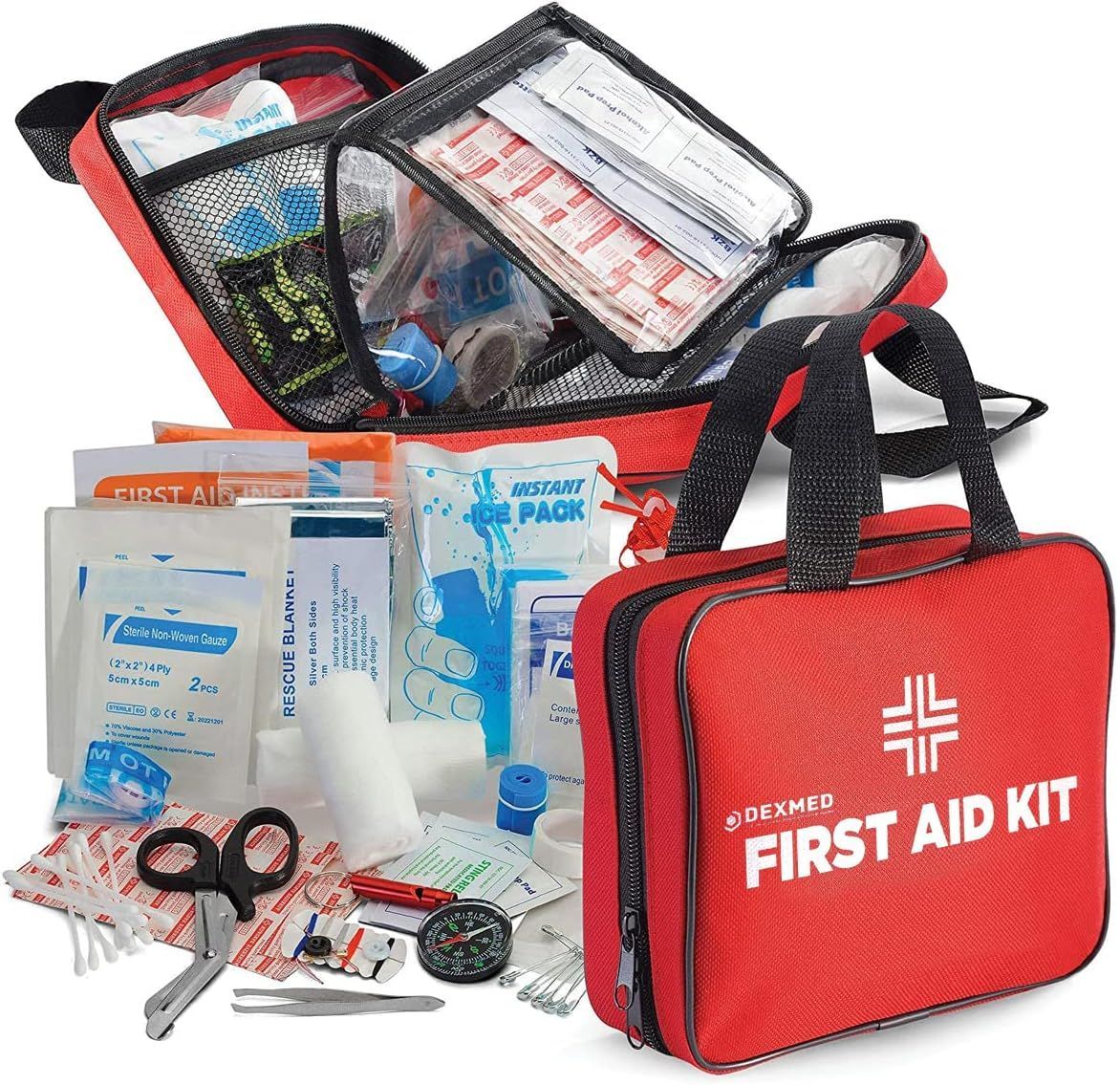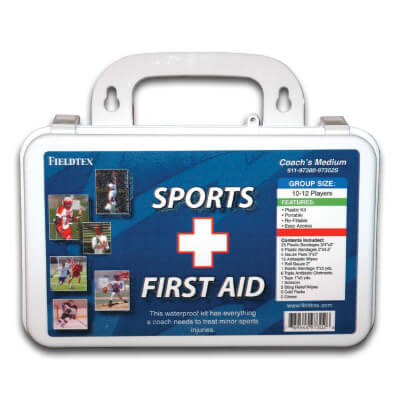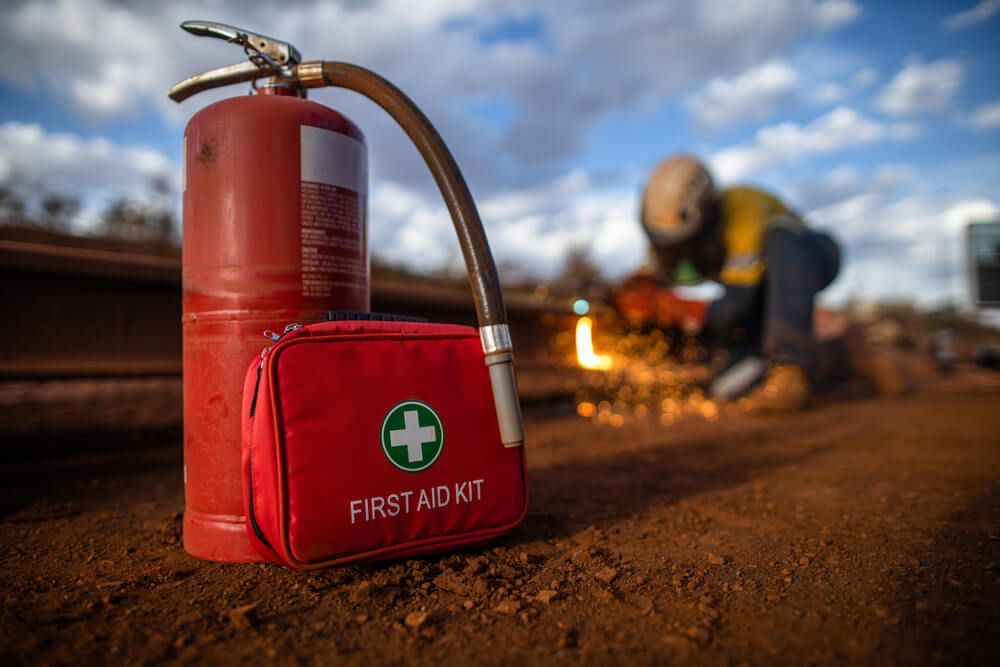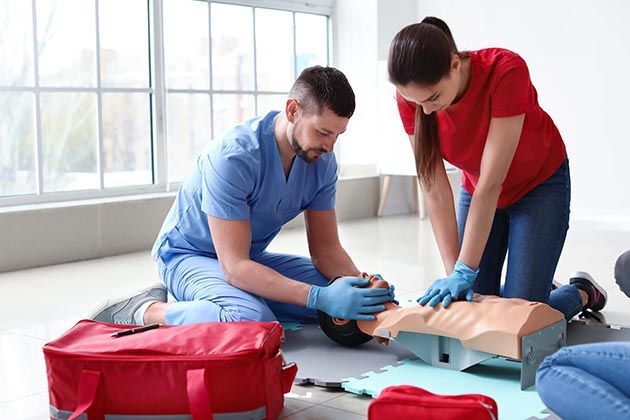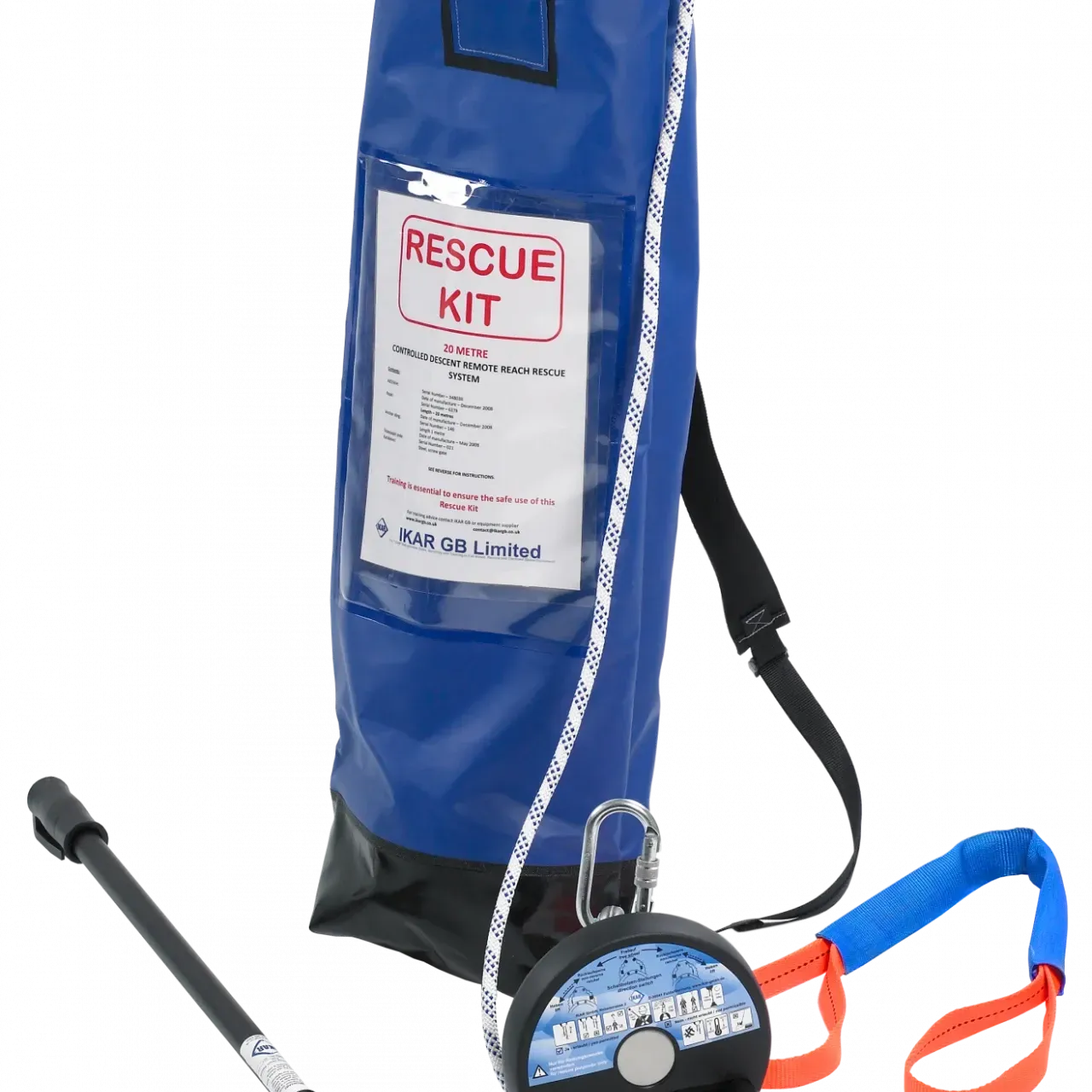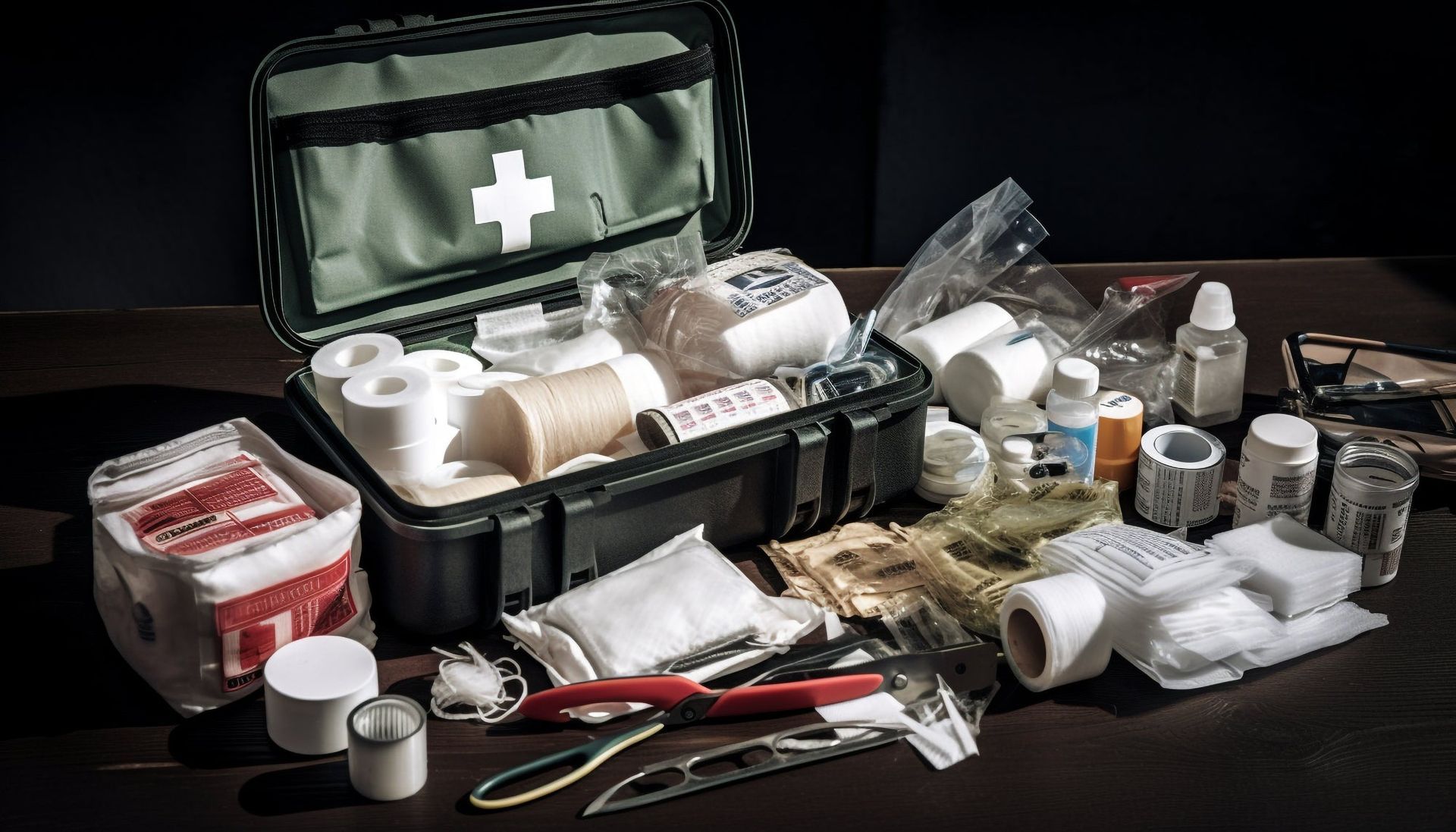Why a Rescue Kit Belongs in Every Home
TLDR;
Every home faces hidden dangers—falls, burns, electrical shocks, poisoning—that can strike without warning. A well-equipped
rescue kit from
Rapid Rescue Kits ensures you're prepared to respond quickly and confidently to everyday emergencies, turning fear into action and vulnerability into safety.
Everyday Hazards You Never See Coming
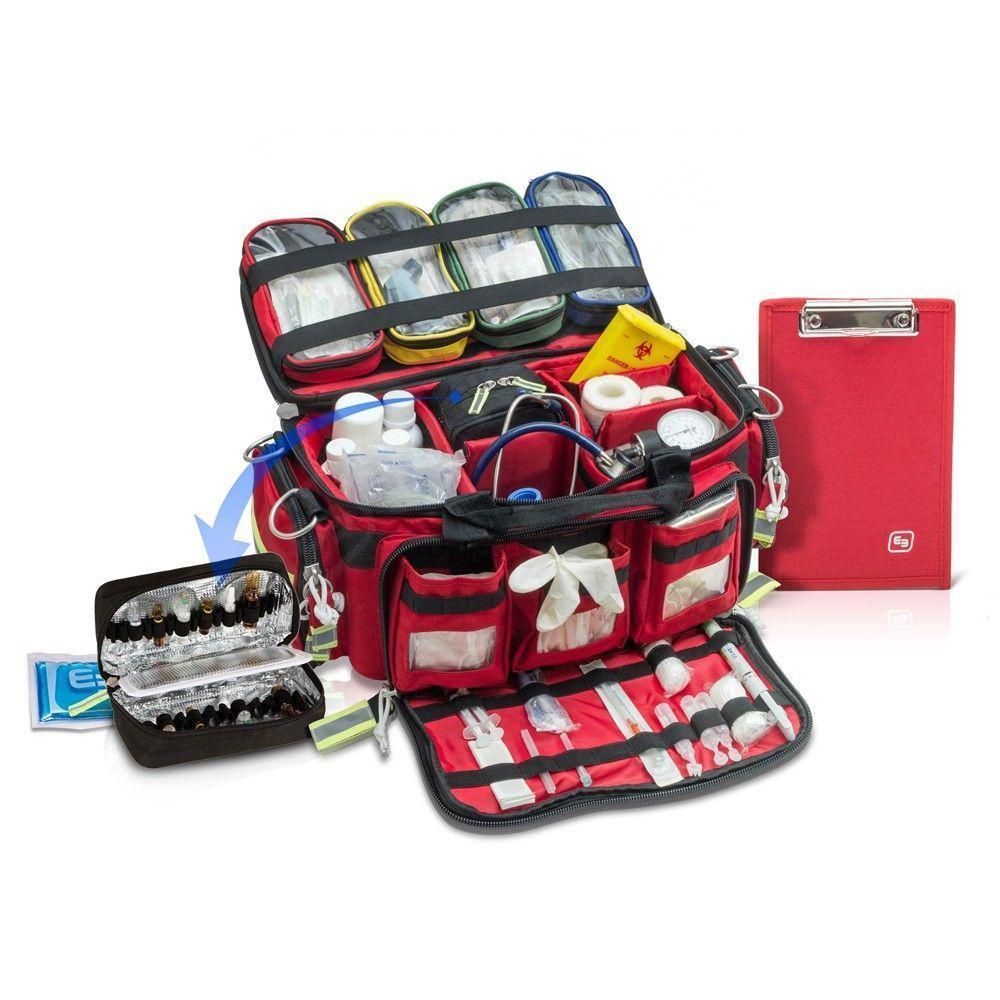
Accidents don’t just happen during disasters—they happen every day in ordinary homes.
- Over 12.7 million ER visits each year are caused by common home injuries
- Roughly
1 in 26 Americans suffer serious household injuries annually
- Most incidents occur where people feel safest:
kitchens, bathrooms, stairwells, and living rooms
These are not rare events. They're often caused by:
- Slippery floors or loose rugs
- Hot stovetops and boiling water
- Frayed electrical cords or overloaded outlets
- Improper storage of cleaning chemicals or medications
These risks aren't seasonal. They're constant.
And they don’t discriminate—they affect seniors, children, parents, and even pets.
The Numbers That Should Concern You
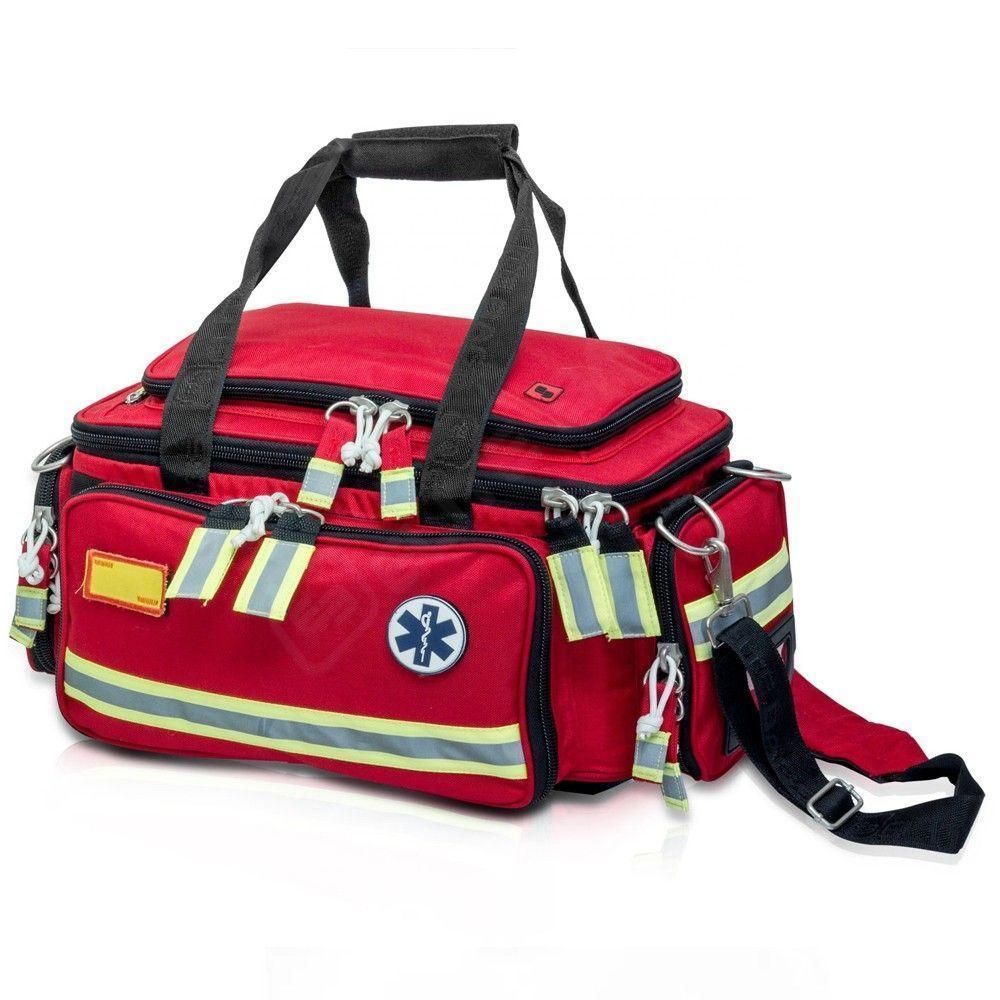
Let’s break it down:
- Falls: Over 6 million people are treated for fall-related injuries in the U.S. every year
- Burns & scalds: 350,000+ incidents annually, many from kitchen or bathroom accidents
- Poisoning: Leading cause of unintentional injury death in the U.S., especially from meds or cleaning supplies
- Electrical injuries: Responsible for thousands of ER visits, mostly preventable
Despite these figures, most homes remain
unprepared for the first few critical minutes after an injury.
Why a Rescue Kit is More Than a "Nice-to-Have"
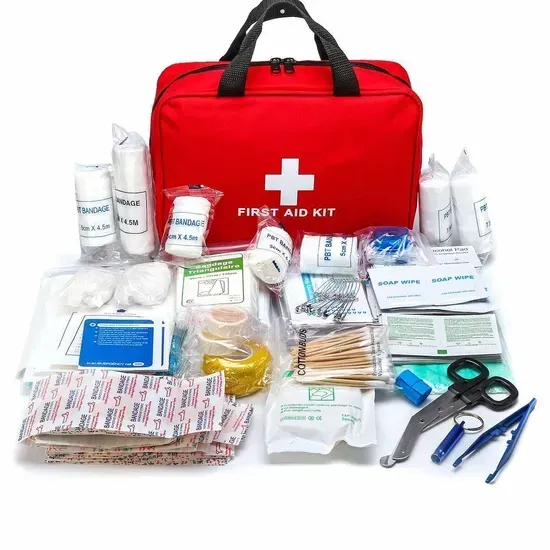
Imagine this: your child touches a hot pan. You panic. There’s no burn ointment. You’re scrambling through drawers.
Now imagine this:
You reach for your
Rapid Rescue Kit. It’s stocked. Organized. You treat the burn immediately. No guesswork. No delay.
That’s the difference. A rescue kit fills the response gap between danger and help.
Key benefits include:
- Immediate action when every second counts
- Reduced risk of complications through early treatment
- Peace of mind for families with kids, elders, or those with health conditions
- Control during chaos, allowing you to help rather than freeze
A good rescue kit
doesn't replace emergency services—it bridges the time until they arrive.
What's Inside a Proper Everyday Rescue Kit
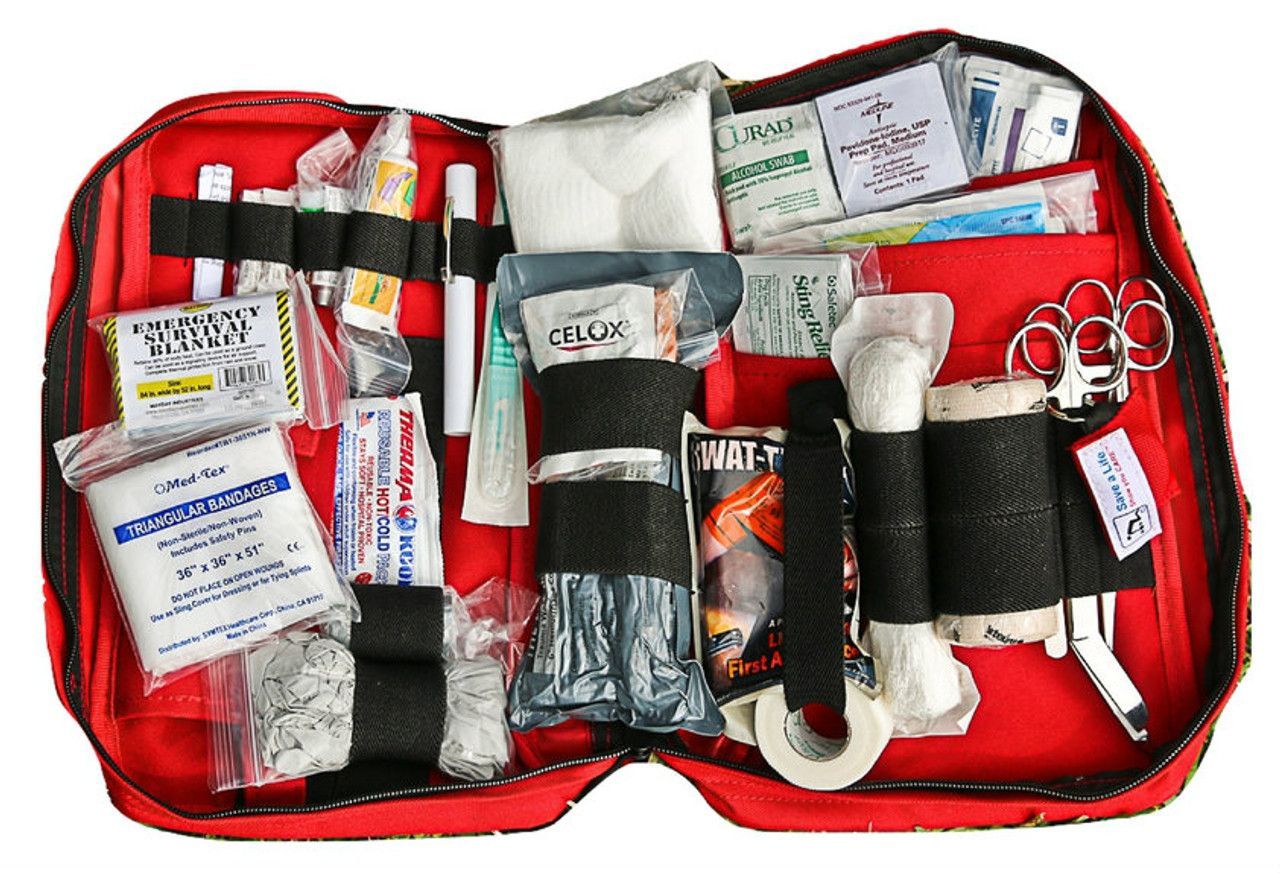
A rescue kit isn’t a one-size-fits-all bag of band-aids. It’s a purpose-built, well-maintained toolkit designed for real-world household hazards. At Rapid Rescue Kits, we tailor our kits for practical, daily emergencies.
First-Aid Essentials
- Assorted bandages and sterile gauze
- Burn creams, antiseptic wipes, antibiotic ointments
- Tweezers, gloves, trauma shears
- Over-the-counter meds: ibuprofen, antihistamines, anti-nausea
Safe Water & Non-Perishable Food
- Sealed water pouches or purification tablets
- Calorie-dense snacks or energy bars
- Manual can opener
Safety Tools & Equipment
- Flashlight with extra batteries
- Emergency whistle
- Small fire extinguisher
- CPR face shield
- Emergency contact info & mini instruction guide
Hidden Dangers Inside the Kit Itself
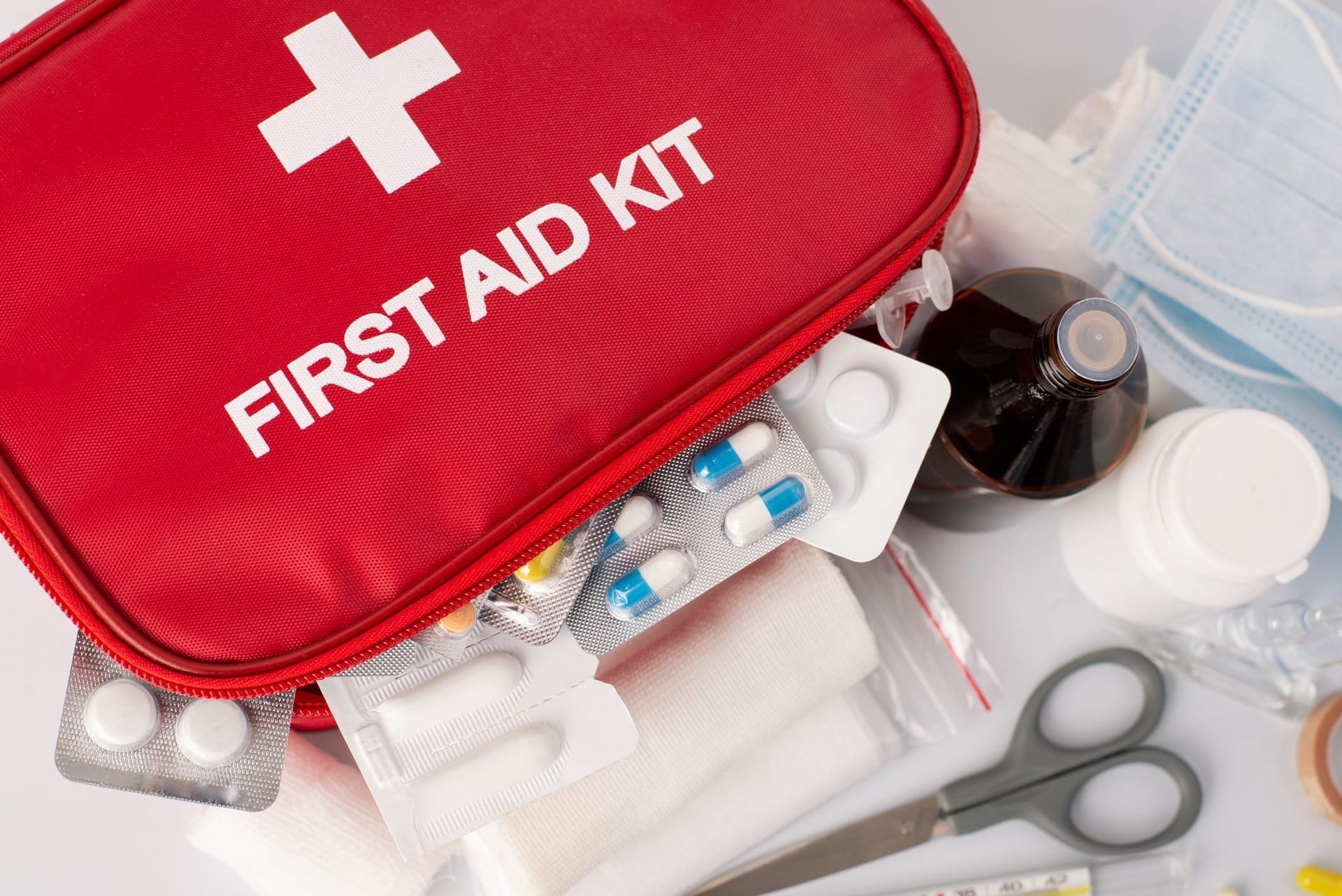
A rescue kit that sits untouched for years isn’t safe—it’s dangerous. Expired meds, dead batteries, and moldy food can turn help into harm.
Common Kit-Related Hazards to Watch For:
- Expired medications: Ineffective or even harmful
- Liquid contamination: From leaks or broken seals
- Battery corrosion: Can render flashlights or radios useless
- Spoiled food: Swollen cans or outdated bars may cause illness
Maintenance isn’t optional. It’s a critical part of preparedness.
Room-by-Room Hazard Mapping
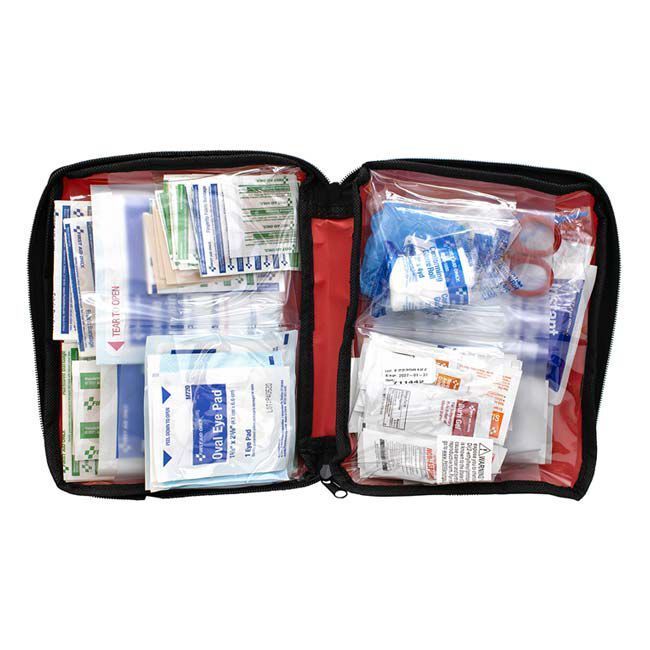
To really understand the value of a rescue kit, map it to the rooms where dangers happen.
Kitchen
- Risks: Burns, knife cuts, small fires
- Kit Response: Burn cream, sterile pads, scissors, fire blanket or extinguisher
Living Room & Hallways
- Risks: Trips, falls, choking
- Kit Response: Flashlight, bandages, CPR barrier, mobility assistance tools
Bathroom
- Risks: Slips, mold inhalation, electric shock
- Kit Response: Non-slip mats, gloves, antiseptics, breathing masks
Bedrooms
- Risks: Allergic reactions, night-time confusion in elderly
- Kit Response: Antihistamines, flashlight, clear labeling on kit
Garage or Basement
- Risks: Toxic exposure, heavy tool injury, power outages
- Kit Response: Eye rinse, gloves, whistle, flashlight, trauma dressing
How to Maintain Your Rescue Kit
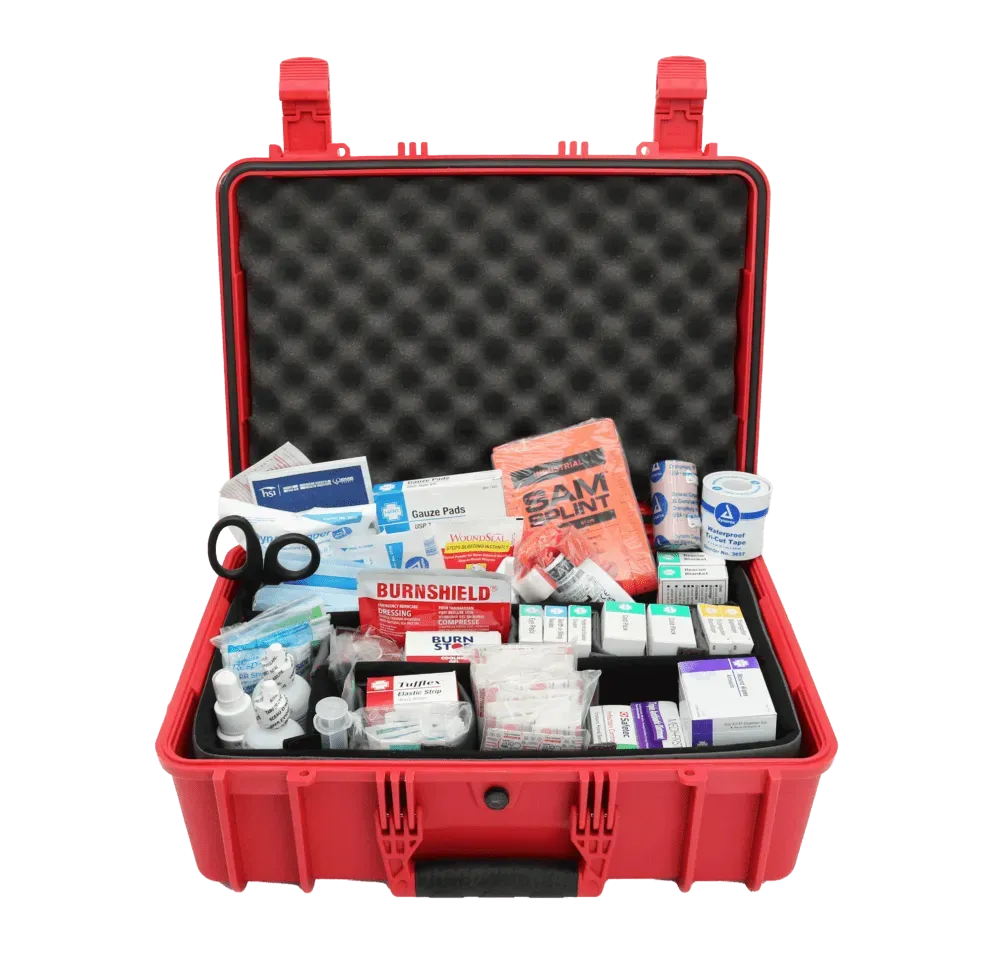
Think of your rescue kit like a smoke alarm: it only works if it’s checked regularly.
Every 6 Months, You Should:
- Check all
expiration dates on meds, ointments, and food
- Rotate
water pouches or treat with purifiers
- Replace
batteries in all electronics
- Review
instructions and make sure everyone knows how to use the kit
- Update the
emergency contact card if needed
Keep your
Rapid Rescue Kit in a
central, easy-to-access location—not hidden in the attic or under a pile in the garage.
Empower Your Family Through Training
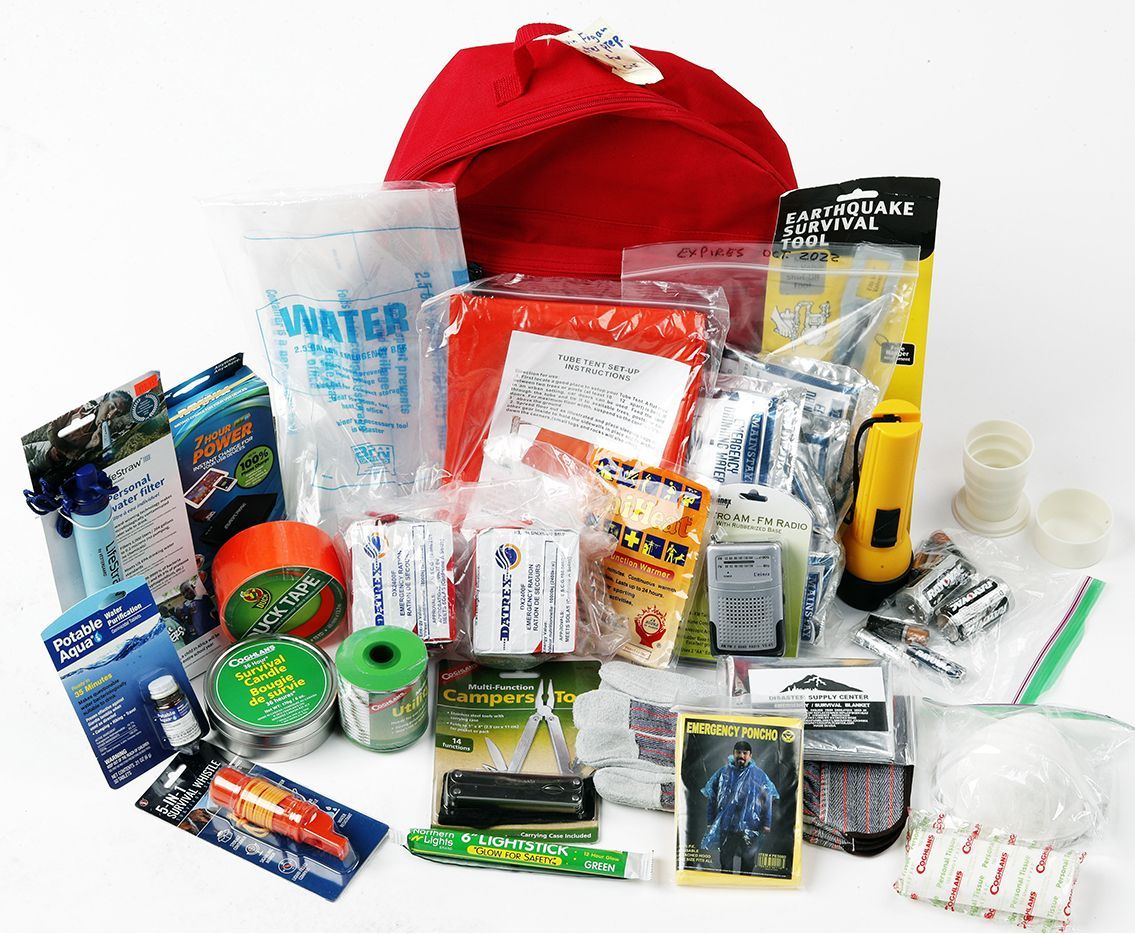
Preparedness isn't just gear—it’s knowledge.
- Teach kids how to
open and use the kit
- Label different compartments clearly
- Practice
emergency scenarios quarterly
- Add personal items like asthma inhalers, EpiPens, or insulin if needed
- Store copies of
medical documents and prescriptions
Confidence in chaos comes from practice.
Why Every Home Needs a Rescue Kit – Not Just a First Aid Box
There’s a difference between a simple first aid box and a comprehensive rescue kit:
| Feature | First Aid Box | Rapid Rescue Kit |
|---|---|---|
| Bandages | ✔️ | ✔️ |
| Burn Treatment | ❌ | ✔️ |
| Water Purification | ❌ | ✔️ |
| Emergency Tools | ❌ | ✔️ |
| Instruction Manual | ❌ | ✔️ |
| Customization | ❌ | ✔️ |
| Maintenance Plan | ❌ | ✔️ |
A rescue kit is holistic. It’s not just about injuries—it’s about full-spectrum emergency readiness.
Reimagining Safety in the Modern Home
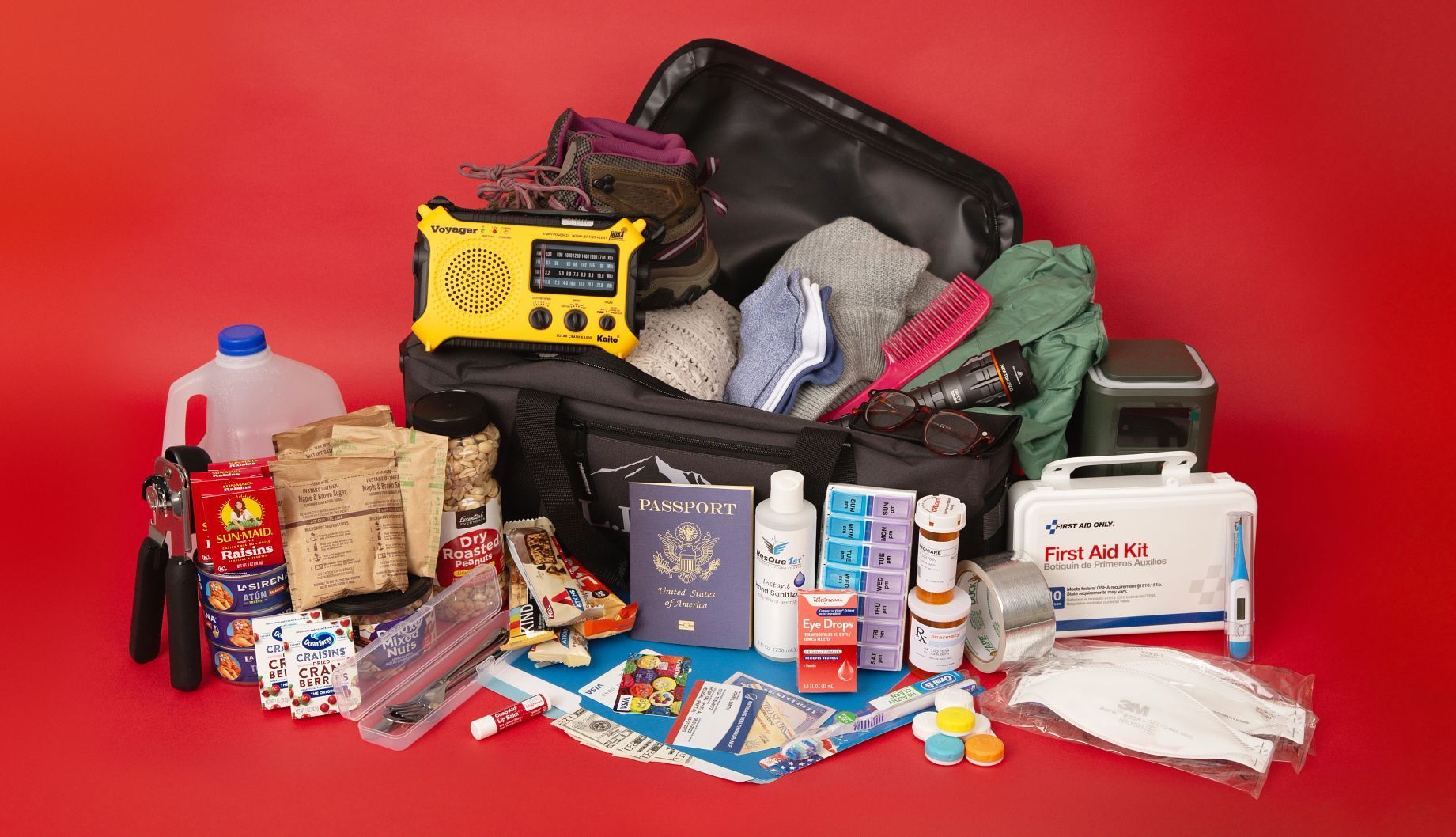
Our homes are full of unspoken risks—some obvious, many invisible. A slippery floor can break a hip. A frayed cord can ignite a fire. A forgotten medication can trigger an allergic reaction.
The question isn’t if something will go wrong. It’s when.
Having a rescue kit is not fear-mongering. It’s forward-thinking. It’s caring. It’s wise.
With Rapid Rescue Kits, you’re not reacting to danger—you’re prepared for it.

